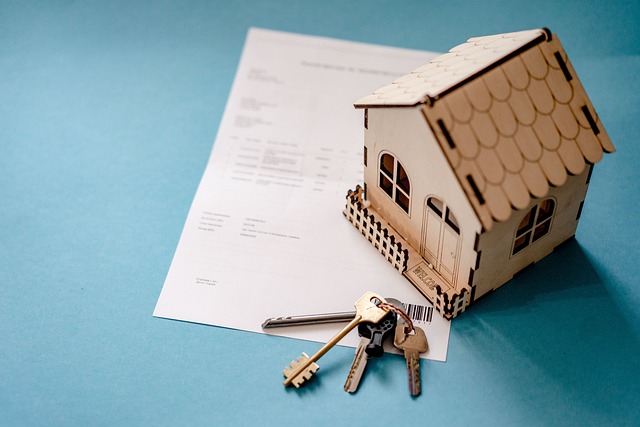Understanding your options is key when it comes to protecting your home and belongings. Homeowners insurance policies, like HO-1, HO-2, HO-3, and HO-5, offer diverse levels of protection tailored to specific needs and budgets. Deciphering these policies is essential for obtaining the right coverage for your property, whether it’s a basic, broad, special, or comprehensive form. By exploring key differences and considering personal factors, you can secure suitable home insurance quotes, ensuring peace of mind and financial protection against unforeseen events, including damage to structures, loss of belongings, and even personal liability claims.
- Understanding Home Insurance Policies: HO-1, HO-2, HO-3, and HO-5 Explained
- Key Differences Between Common Home Insurance Policy Types
- How to Choose the Right Home Insurance Coverage for Your Needs and Budget
Understanding Home Insurance Policies: HO-1, HO-2, HO-3, and HO-5 Explained

Understanding home insurance policies is essential for any homeowner looking to protect their investment. Each policy type offers a distinct level of coverage tailored to various needs and budgets. The most common types are HO-1 (basic), HO-2 (broad), HO-3 (special), and HO-5 (comprehensive).
HO-1, or the basic form, provides minimal protection covering only perils explicitly listed in the policy. This is ideal for those with lower budget constraints but requires additional coverage for unforeseen events. HO-2, known as broad form, offers more comprehensive protection by including a wider range of perils not specified in the policy. It’s an excellent option for homeowners seeking broader coverage without breaking the bank. On the other hand, HO-3 (special form) provides all-encompassing protection, covering most common perils and offering personal liability coverage. This policy is suitable for those desiring extensive peace of mind regarding their property insurance. Finally, HO-5, or comprehensive form, offers the most extensive coverage available, protecting against nearly all possible perils and providing high limits for personal liability and home contents insurance. For homeowners with valuable possessions or facing specific risks, this is often the best choice, albeit at a higher house insurance rate.
Key Differences Between Common Home Insurance Policy Types

When comparing home insurance policies, understanding the key differences between common types is essential for making an informed choice that meets your specific needs and protects your investment. The four primary forms—HO-1, HO-2, HO-3, and HO-5—each offer distinct levels of coverage.
The most basic policy, HO-1 (also known as a “basic form”), provides limited protection, focusing primarily on coverage for the structure itself against specific perils such as fire, vandalism, or severe weather. This type of policy typically excludes personal belongings and may not cover additional living expenses if you need to temporarily move due to a covered event. On the other hand, HO-5 (comprehensive form) offers the broadest coverage, encompassing not only structural damage but also protection for your possessions, including loss or damage from events like theft, vandalism, or natural disasters. It also includes personal liability coverage, which shields you against financial responsibility if someone is injured on your property. Policies like HO-2 (broad form) and HO-3 (special form) offer a middle ground, providing more comprehensive protection than HO-1 while still being more affordable than HO-5. They include additional coverages for personal belongings, but liability coverage may vary or be optional. When comparing home insurance quotes, examining these differences will help you select the most suitable policy based on your property’s value, your risk profile, and your desired level of protection for both your home and its contents.
How to Choose the Right Home Insurance Coverage for Your Needs and Budget

Selecting the suitable home insurance policy is a multifaceted process that requires careful consideration of your property’s unique characteristics and your financial constraints. Start by evaluating your specific needs; for instance, if your home is in a high-risk area prone to natural disasters like floods or earthquakes, you’ll likely require specialized coverage. Assess the value of your possessions and real estate; this will help determine the adequate limits for property insurance and home contents insurance.
Don’t overlook the importance of personal liability coverage, which shields you from financial loss in case of accidents on your premises. Compare different policies and their associated house insurance rates to find a balance between comprehensive protection and affordable premiums. Consulting with insurance professionals can provide valuable insights into these considerations, ensuring you make a well-informed decision that meets both your coverage requirements and budget.



